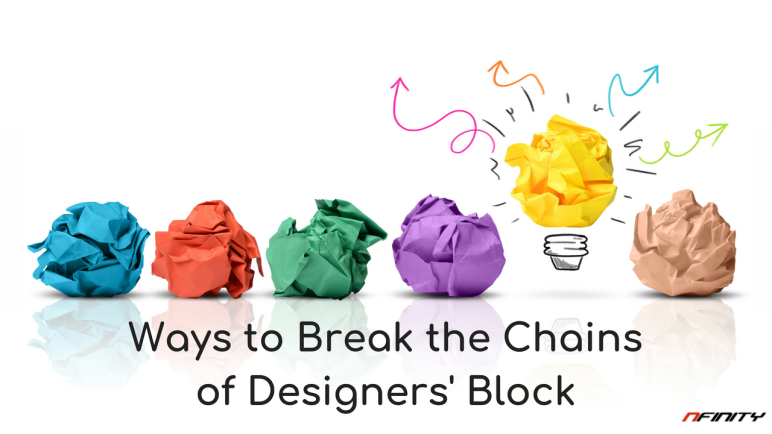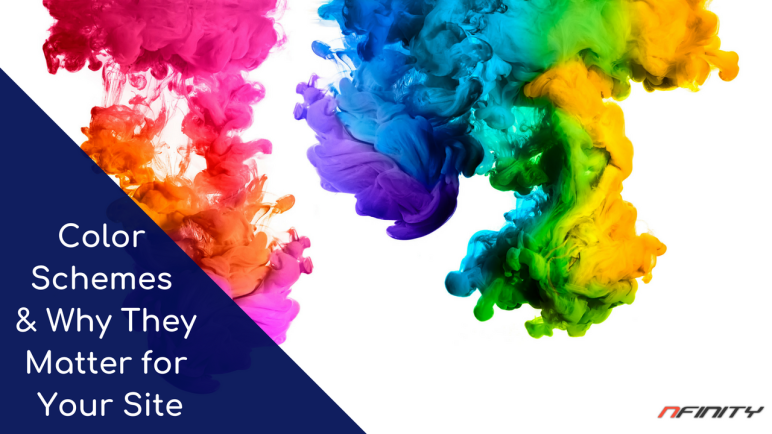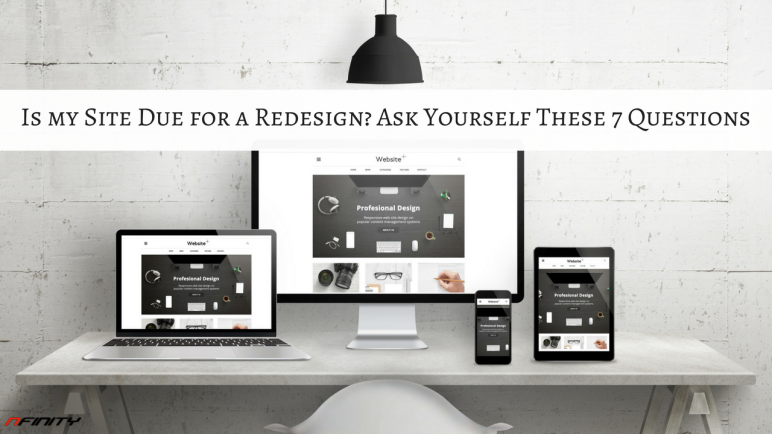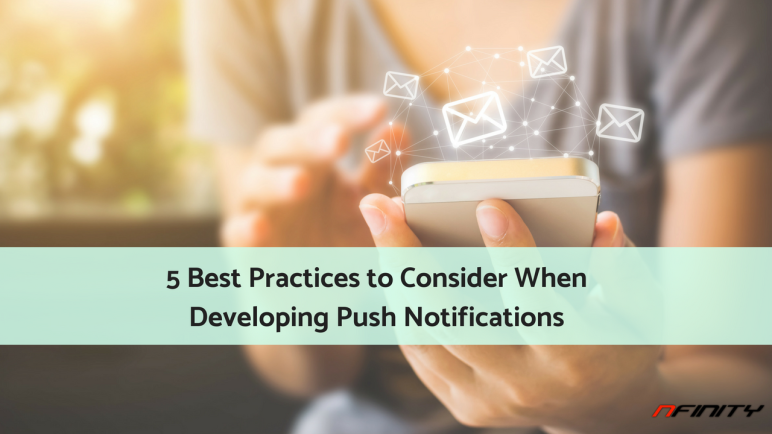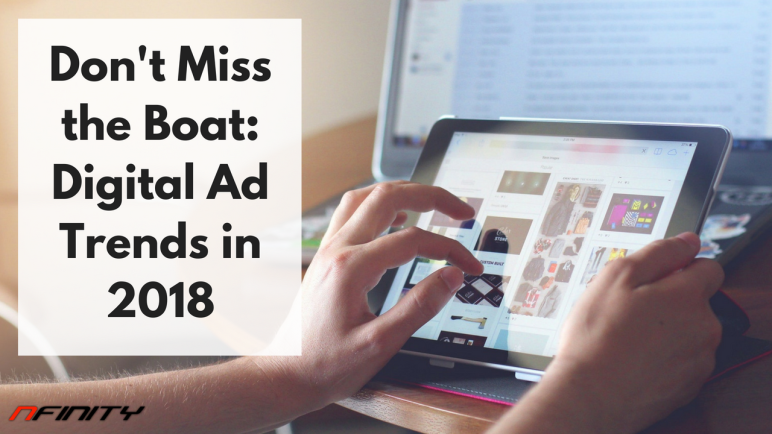Just as with writers’ block, designers experience their own design slumps and moments of lack of creativity and design inspiration.
Continue reading to see if you can tackle some of these ways to re-unleash your creativity and inspiration.
MAP YOUR THOUGHTS
Often times, designers have so many thoughts running through their mind, it can be difficult to compartmentalize them. If this is the case, mind maps are a great tool to help organize your ideas. A mind map is a visual representation of your thoughts and ideas. It can help you structure information which helps you better analyze, comprehend, and generate new ideas. Mind maps can be used in any stage of your design process and can help your creativeness flowing if used properly.
CREATE A DESIGN SYSTEM
Create a design process for yourself that helps you through each step of your design process. For example, if the first step of your design process is to choose patterns and colors, have pre-cut designs and color swatches set aside in a binder so when you need to, you can go through them to get your creativity flowing. Do this for each regular step of your design process so you can gain creativity each step of the way.
PARTICIPATE IN DESIGN EXPOS AND CONFERENCES
No one excels in their careers and expertise without attending expos and conferences. Doing so will expand your skills and networking will give you opportunities to work with key people in your field. Attending conferences and expos will also keep you abreast with latest design trends and see how other designers are mastering their trade. You will also be able to learn new techniques and strategies that will help you increase your design knowledge and skills.
SET UP A CONDUCIVE WORK SPACE
Its quite distracting to have a workspace that is cluttered and disorganized. It often leads to loss in productivity and unmet goals. Make yourself a list of what works for your work space and what is detracting from your workspace. A few ideas are to change the lighting, hang personal design pieces, and place items on your desk and in your space that speak to you.
FIND A HOBBY
Participating in a hobby and extracurricular activities can help boost workplace productivity. Refrain from going every day without a change in scenery and activity. Try a new hobby or participate in one you’re already passionate about. Breaking the mundane routine of your day will help you generate new, creative ideas.
Master these ideas and ways of driving your creativity before you ever find yourself in a design rut.

